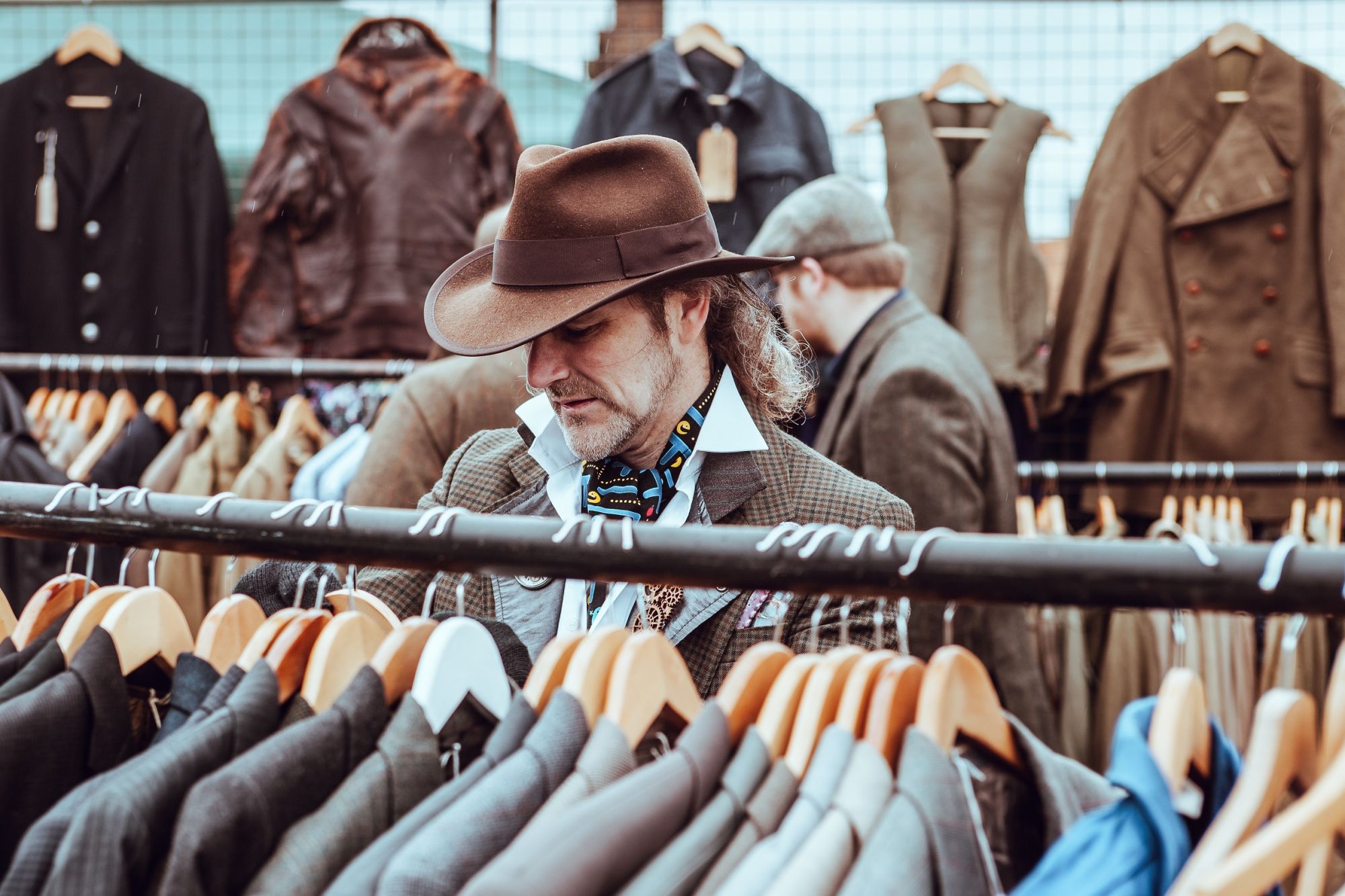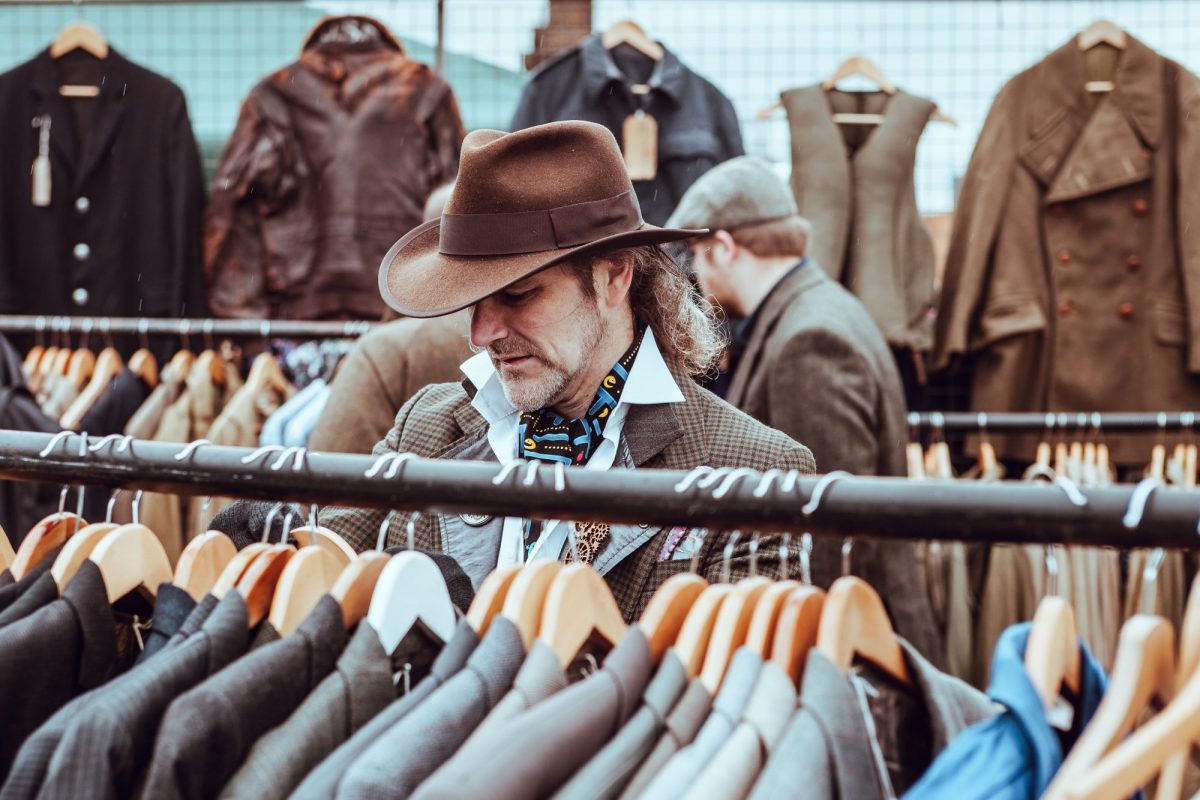
Though an old concept, these temporary shops help established as well as new brands in marketing and connecting with customers
3 min read
Opinions expressed by Entrepreneur contributors are their own.
Pop-ups are nothing new. They have been a regular sight since the past decade, especially during festivals, opening of restaurants and small eateries, and sales events like trunk shows. But nowadays, they have become a canvas for retailers to experiment with new types of products and, in the process, narrate a brand story.
E-commerce companies today are employing different technologies, from artificial intelligence to chatbots, to sell their products, but they are also pumping in energy in the good-old pop-up stores. The Chinese Internet and commerce giant Alibaba, for instance, opened 60 pop-up stores for Singles Day 2017 through its online marketplace Tmall. The unique stores integrated augmented reality technology to power “magic mirrors,” which allowed customers to virtually try on clothes.
The benefits
The advantages of pop-ups, most often used to mean a small, temporary shop for selling or exhibiting products, are understandable. They generate excitement and a sense of urgency, and more importantly, retailers do not have sign long leases or purchase expensive corners in shopping malls to promote and sell their products. They are especially a wise investment for new startups who want to test the water without having to pay exorbitant rents. Research says pop-up stores cost 80 per cent less to launch than a full-time store.
Even for big brands expanding overseas, pop-ups are a good way to introduce themselves to customers. Japanese brand Muji, for instance, opened a pop-up store in early 2017 in Canada and later opened a location at Metropolis at Metrotown in nearby Burnaby.
What’s more, they offer a chance to companies to meet customers and understand their choices closely. Consumers too prefer buying apparel at physical stores. According to the Cotton Incorporated Lifestyle Monitor Survey, 72 per cent people would prefer going to a store for purchasing. It is so because it gives them the chance to try on clothes (69 per cent), check fittings (68 percent), see the item in person (64 percent), and feel the fabric (54 percent). Women are significantly more likely than men (72 percent versus 65 percent) to want to try on the clothes before buying them, the survey says.
Trend of 2019
In a recent report on the emerging retail trends of 2019, CB Insights, a strategic intelligence company, says pop-up stores are proliferating across the retail sector, and fast.
“Traditionally, the pop-up store phenomenon has been the domain of digitally native brands looking to experiment in physical retail. Many of these startups have embraced showroom and experiential retail models to draw in customers,” the report says. “Beyond digitally native direct-to-consumer startups, we are now seeing pop-ups become a staple for all types of retailers, from Alibaba and Amazon to Calvin Klein and Macy’s, among others.”
There is no doubt that pop-up stores have become a necessary tool for all sorts of retailers to experiment in physical retail. “Going forward, the wide proliferation of pop-up stores will shape the ways in which commercial real estate owners lease real estate all together,” says the CB Insights report.

